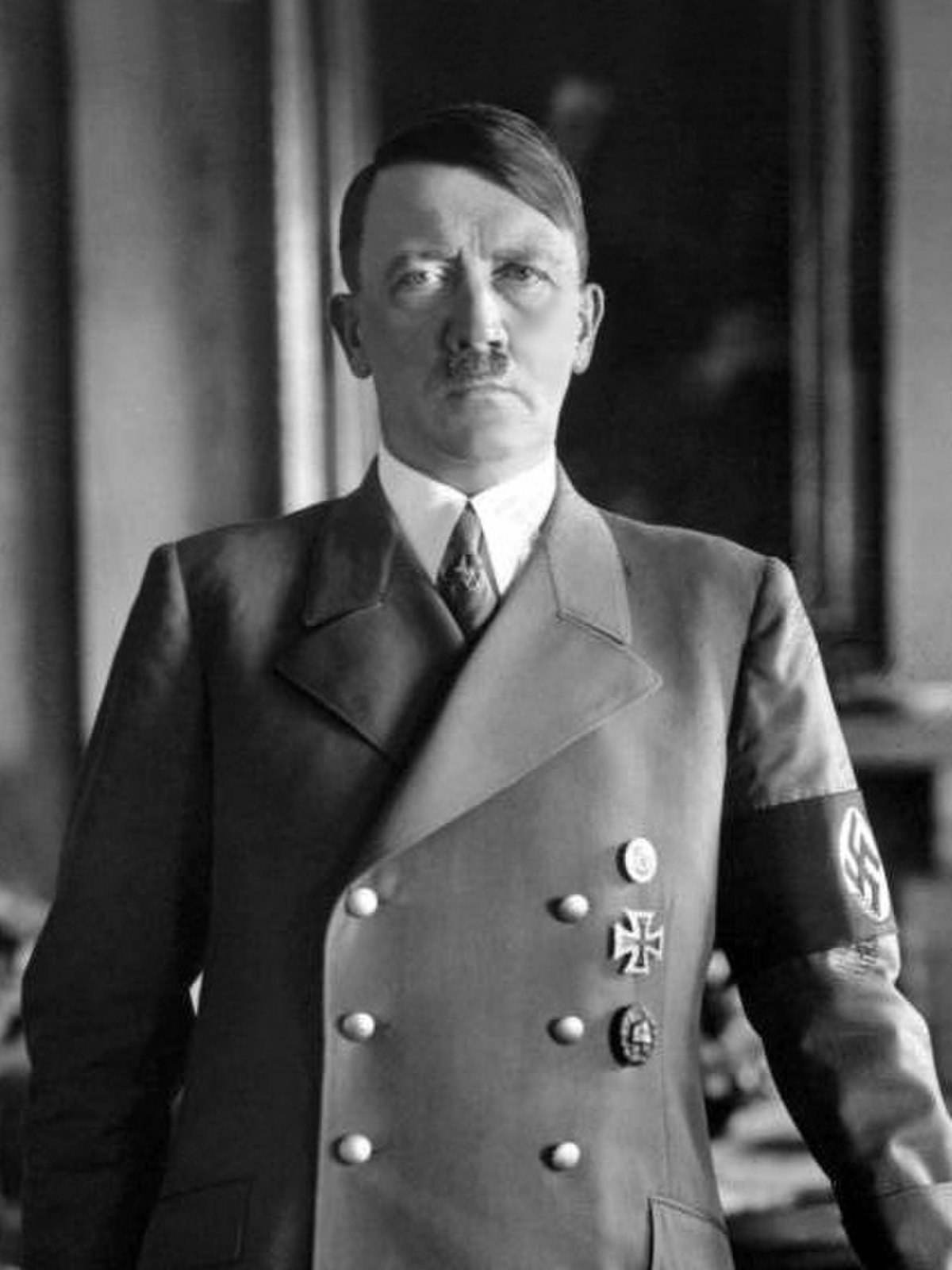
Third Reich
GermanyNazi Germany was the German state between 1933 and 1945, when Adolf Hitler and the Nazi Party controlled the country, transforming it into a dictatorship. Under Hitler's rule, Germany quickly became a totalitarian state where nearly all aspects of life were controlled by the government. The Third Reich, meaning "Third Realm" or "Third Empire", alluded to the Nazi claim that Nazi Germany was the successor to the earlier Holy Roman Empire (800–1806) and German Empire (1871–1918).
On 30 January 1933, Hitler was appointed chancellor of Germany, the head of government, by the president of the Weimar Republic, Paul von Hindenburg, the head of state. On 23 March 1933, the Enabling Act was enacted to give Hitler's government the power to make and enforce laws without the involvement of the Reichstag or president. The Nazi Party then began to eliminate all political opposition and consolidate its power. Hindenburg died on 2 August 1934, and Hitler became dictator of Germany by merging the offices and powers of the chancellery and presidency. A national referendum held 19 August 1934 confirmed Hitler as sole Führer (leader) of Germany. All power was centralised in Hitler's person and his word became the highest law. The government was not a coordinated, co-operating body, but a collection of factions struggling for power and Hitler's favour. In the midst of the Great Depression, the Nazis restored economic stability and ended mass unemployment using heavy military spending and a mixed economy. Using deficit spending, the regime undertook a massive secret rearmament program, forming the Wehrmacht (armed forces), and constructed extensive public works projects, including the Autobahnen (motorways). The return to economic stability boosted the regime's popularity.
Racism, Nazi eugenics, and especially antisemitism, were central ideological features of the regime. The Germanic peoples were considered by the Nazis to be the master race, the purest branch of the Aryan race. Discrimination and the persecution of Jews and Romani people began in earnest after the seizure of power. The first concentration camps were established in March 1933. Jews, liberals, socialists, communists, and other political opponents and undesirables were imprisoned, exiled, or murdered. Christian churches and citizens that opposed Hitler's rule were oppressed and many leaders imprisoned. Education focused on racial biology, population policy, and fitness for military service. Career and educational opportunities for women were curtailed. Recreation and tourism were organised via the Strength Through Joy program, and the 1936 Summer Olympics showcased Germany on the international stage. Propaganda Minister Joseph Goebbels made effective use of film, mass rallies, and Hitler's hypnotic oratory to influence public opinion. The government controlled artistic expression, promoting specific art forms and banning or discouraging others.
